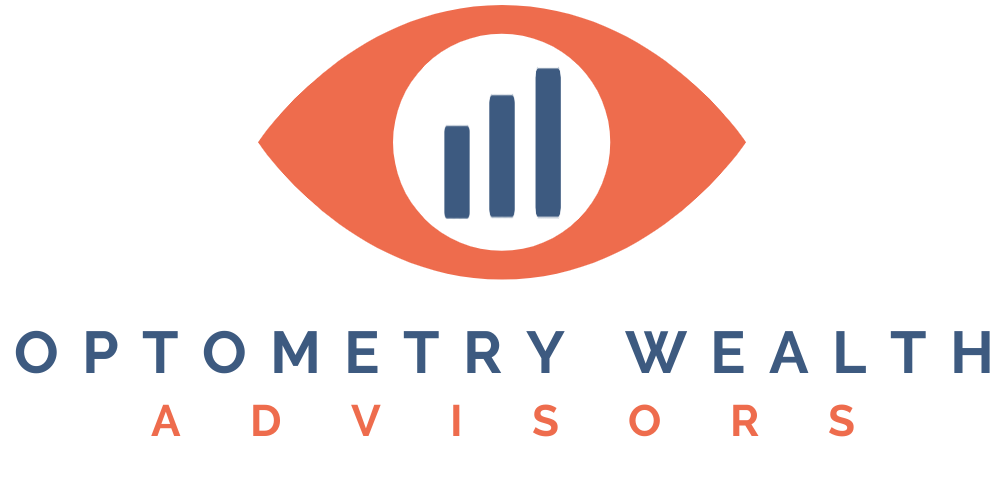A new year, a new tax-filing season to prepare for! It’s time to receive piles of tax forms in the mail. Don’t forget your tax preparer’s 30-page questionnaire. Oh, and make sure your business financials are in tip-top shape to get taxes filed on time. There will no doubt be questions for you to answer. So, of course, you’ll need to remember a year’s worth of transactions.
With a jumble of forms and information to gather, it’s easy to get lost in it all. It’s a jungle out there.
Don’t worry. Take a breath. Here’s your survival guide to help you prepare for tax time – a rundown of the important forms, info, and deadlines to keep in mind.
The Supplies – Common Tax Forms and What They Say
No journey is safe without the right supplies and knowing how to use them. Expect a pile of tax forms for reporting potential income and deductions for the year. Here are the most common forms you’ll run into:
| What? | Why? | From Who? | When? |
|---|---|---|---|
| Form W2 | Shows employee compensation, detailing your wage, tax withholdings, and deductions for the tax year. | Your Employer | Late January |
| Form 1099-NC | For self-employed / contractor work if you file as a sole-proprietor or partnership and received more than $600 income. | The business you provided services to. | Late January |
| 1099-Misc | Reports miscellaneous income, e.g. rent or nonqualified deferred compensation above $600.
You may receive this if you own commercial property in an LLC and rent to businesses. | Whoever paid you.
If from rental income, it could be from your property manager. | Late January |
| 1099-INT and 1099-DIV | Shows interest, dividend income, or capital gain distributions from your investments.
If you have a taxable investment account, you may just get one 1099 Consolidated tax document – several 1099s merged into one document. | Most commonly from your bank or investment account custodian (e.g. Schwab, Vanguard) | Early to late February.
May receive a corrected 1099 later in Feb. |
| 1099-R* | Distributions from IRAs, retirement plans, profit-sharing plans, pensions, certain annuities, and insurance contracts, and more.
*This is an important one to keep an eye on that tracks a lot of different transactions. See note below. | Custodian, retirement plan provider, or insurance company. | Late January |
| Schedule K-1 | Used by partners, LLC members taxed as partnerships, and S-Corp owners to report their share of income, deductions, and credits.
Your tax preparer should first file 1065 (partnership) or 1120-S (S-corp) returns, then issue K-1s to each partner/owner to use on personal tax returns. | Tax preparer | Latest just after March 15th, as that’s the deadline to send them. |
| Letter 6419 (2021 Only) | Shows the total Advance Child Tax Credit Payments over July-Dec of 2021.
Oddly, if you’re married and filing jointly, each spouse receives a separate letter with half of the total amount. You need to combine the total when filing taxes. Why? Who knows. Since the upfront credit payments were based on 2020 tax info, this will get checked to make sure you got the right amount and adjusted ⬆or⬇ There have been some reports that this letter is not accurate. Double check with the actual payments you received. | The Federal Government | January |
| Letter 6475 (2021 Only) | Shows your 2021 Economic Impact Payment. When filing, you can compare the amount in the letter that you received vs. what you’re eligible for based on your 2021 income. If due for more, you’ll receive the difference as a tax credit. | The Federal Government | Late January |
| 1098-E | Shows student loan interest paid during the year. Useful if you meet the income limits to deduct. | Your student loan lender/servicer | Late January |
| 1098 | Shows mortgage interest paid and property taxes paid from your escrow account. Useful if you itemize your tax deductions. | Your mortgage lender | Late January |
| 1099-Q | Reports withdrawals from 529 plans or Coverdell ESA. Make sure you keep records/receipts for qualified education expenses for these withdrawals. That amount doesn’t need to be reported as income. | 529 plan administrator | Late January |
* A few notes on 1099-R. This form shows a ton of information for a lot of different retirement-related transactions. Keep a close eye on it. If you withdrew money or rolled over funds from an IRA, 401(k), SEP, or SIMPLE IRA, you might receive one of these.
You should also receive one if you did a backdoor Roth IRA contribution, as you “distributed” funds from the Traditional IRA.
You want to make sure this is not a taxable event on the tax return and was reported properly on form 8606.
Another 1099-R quirk shows up for people over 70 ½ that completed Qualified Charitable Distributions (QCDs). The 1099 won’t show that it’s a nontaxable event, even though it is. If you completed a 60-day rollover (withdrew funds then put them back in within 60-days), make sure that’s accounted for correctly.
Work with your tax preparer and financial advisor to make sure everyone is aware of the activity from the tax year. Errors are minimized when everyone is on the same page.
I’ve seen too many times retirement account-related activity counted as income when it shouldn’t have. A best practice is to have your financial advisor send an end-of-year tax letter to your preparer each year listing out the activity.
The Destination – Tax Filing Deadlines
The destinations for this journey are the tax-time deadlines:
Retirement plan and HSA contributions – there aren’t a lot of after-new-year tax planning opportunities, but retirement accounts and HSAs are still fair game typically by the tax filing deadline. See my recent post for 5 tax planning strategies you can still take advantage of before tax time. .
Partnership (Form 1065) and S-corp (1120-S) returns – The deadline to file these informational returns is March 15th. You can request a 6-month extension through September 15th. K-1s are issued after filing.
Corporations – The due date for C-Corp returns (1120) is April 18th, 2022, for those running on a calendar year. Can extend 6 months to October 17th.
Personal Tax Returns (1040) – Tax Day is April 18th this year, as the 15th lands on Emancipation Day. You can extend filing to October 17th using form 4868. However, you need to estimate and pay your tax due by the usual April due date.
The Guides – Your Tax and Financial Professionals
No journey is safe without the proper guides. The more complexity you have, the more paperwork and info you’ll need to wade through. The jungle can get pretty thick.
Lean heavily on your tax professional and financial advisor. Check with your advisor to make sure you have all the tax forms you need. Ensure they’re working together to communicate what happened over the last tax year and even review the draft return before it’s filed. It’s easiest to avoid errors before you file your tax returns!
Happy Tax Season! If you have any questions about preparing for tax time or want to learn about how we work with optometrists, schedule a conversation or email me at evon@optometrywealth.com.


 Optometry Wealth Advisors LLC
Optometry Wealth Advisors LLC Optometry Wealth Advisors LLC
Optometry Wealth Advisors LLC


 Optometry Wealth Advisors
Optometry Wealth Advisors